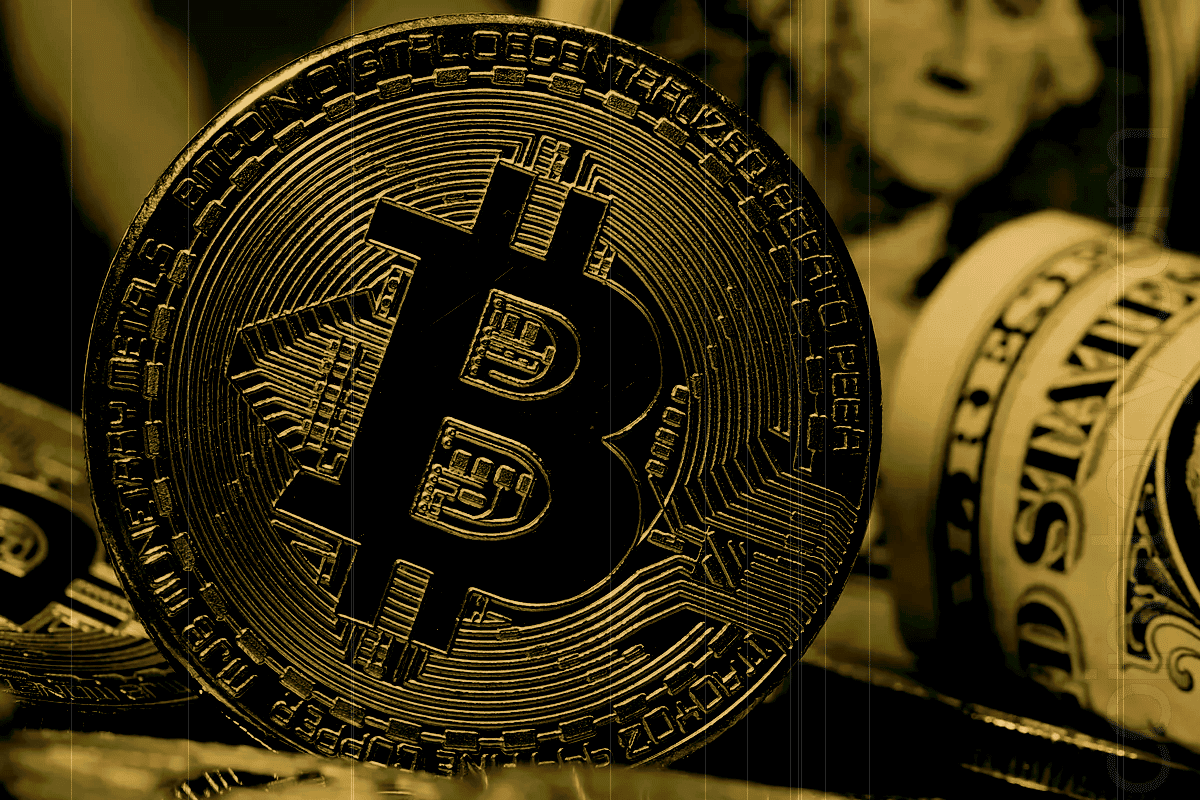
In an effort to promote blockchain innovation, digital assets, and institutional participation, the Solana Foundation and the Kazakh government have formally partnered to create the first Solana Economic Zone (SEZ KZ) in Central Asia.
The country’s desire to expedite digital transformation was highlighted in Astana by the signing of a Memorandum of Understanding (MoU) with Kazakhstan’s Ministry of Digital Development, Innovation and Aerospace Industry (MDAI). As Solana shifts its focus from retail-heavy usage to institutional-grade blockchain applications, the partnership marks a significant turning point.
The agreement states that the economic zone will have several purposes:
- Encourage the development of tokenized capital markets in Kazakhstan’s financial system.
- To foster regional Web3 competence, start a nationwide blockchain education program.
- Support infrastructure and regulations to draw in international Web3 businesses.
In order to present the area as a starting point for pilot projects and startup incubation, officials pointed to the Dubai Multi Commodities Center (DMCC) as an example. “We are committed to building a resilient and competitive digital environment,” the MDAI stated, highlighting Solana’s role in deploying next-generation solutions such as asset tokenization and Web3 talent development.
This coincides with Solana’s increasing institutional adoption as the network moves away from its memecoin heritage. With companies like Sol Strategies and MemeStrategy investing hundreds of millions in SOL holdings, Cantor Fitzgerald reports indicate that Solana may perform better as a treasury asset than Bitcoin and Ethereum.
A possible Solana ETF is also gaining traction, and the institutional pivot of the blockchain is further validated by backing from platforms such as PolyMarket, Ondo Finance, and BlackRock’s BUIDL. Furthermore, Solana is becoming more popular as a fundamental infrastructure for stablecoin issuance, and it may be used in the next stablecoin initiative in Wyoming.







